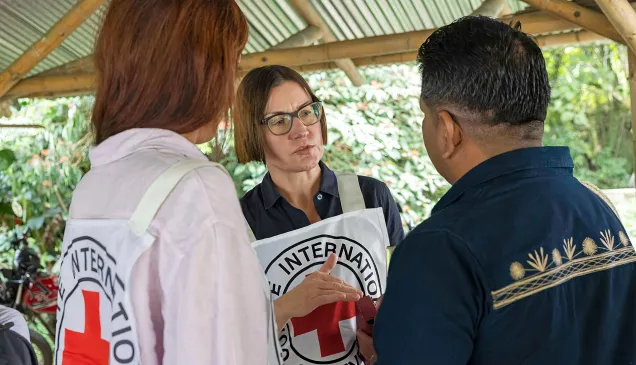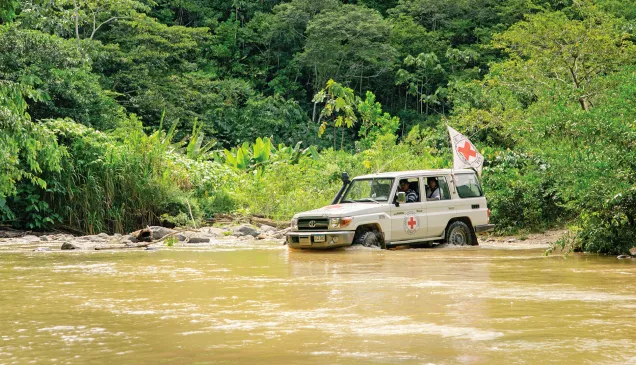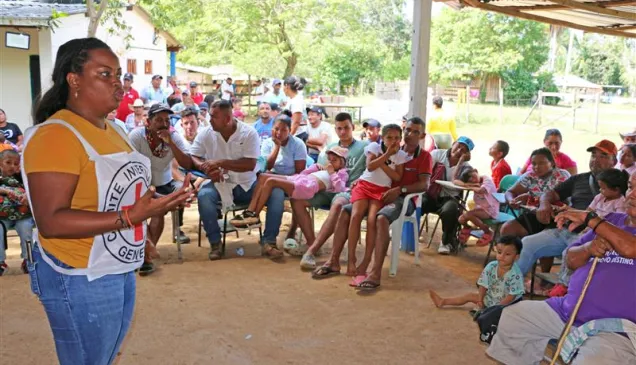Colombia: "Most Colombians are engulfed in the conflict against their will"
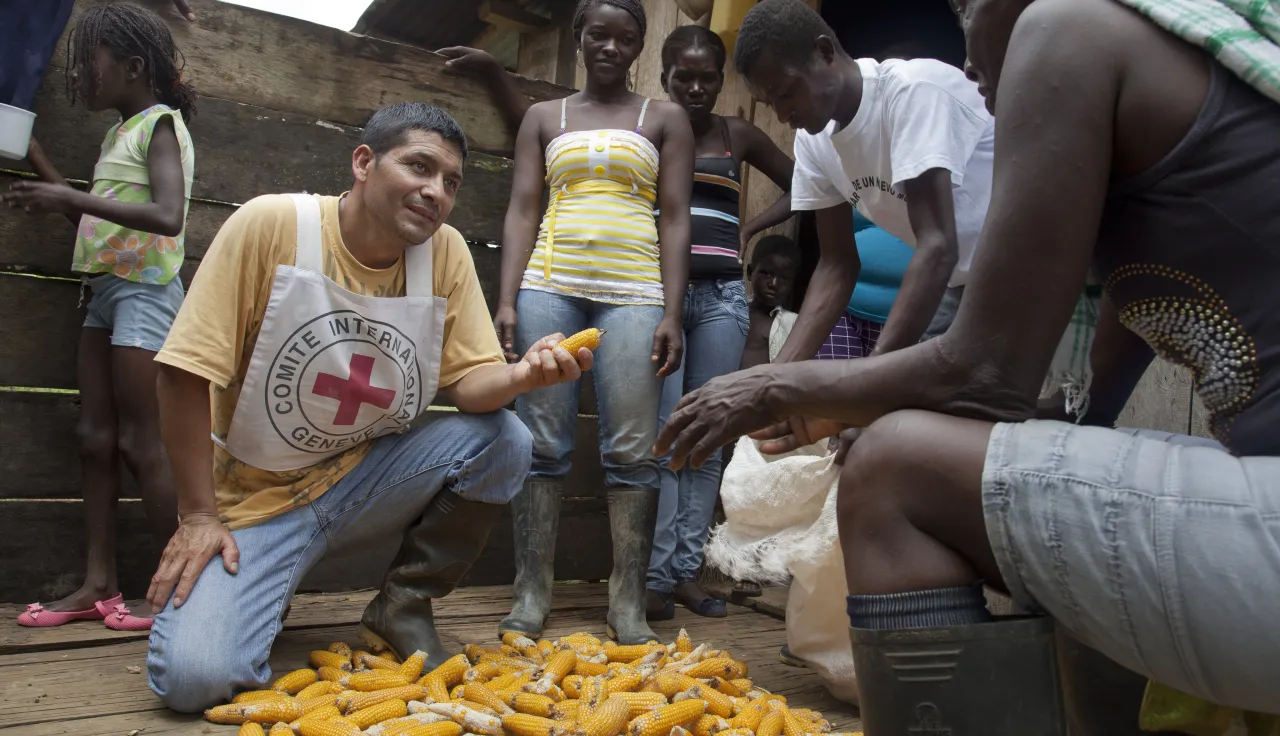
Patrick Hamilton leads ICRC's operations in Colombia and has two decades’ experience in protecting people in armed conflicts. He explains the challenges the civilian population in the country must face in a degradingly complex environment.
How has the humanitarian situation evolved in Colombia in recent years?
We consider 2024 to be the worst year since the signing of the peace agreement in 2016. The intensification of armed conflict has led to a sharp increase in people being affected by a whole range of harms. Victims of explosive devices rose by nearly 90% compared to 2023, while over 100,000 people were forcibly confined or faced severe movement restrictions. On the other hand, more than 260,000 people were newly displaced in 2024, bringing the number of internally displaced persons to over 5 million. These impacts are real, serious, and often change lives forever.
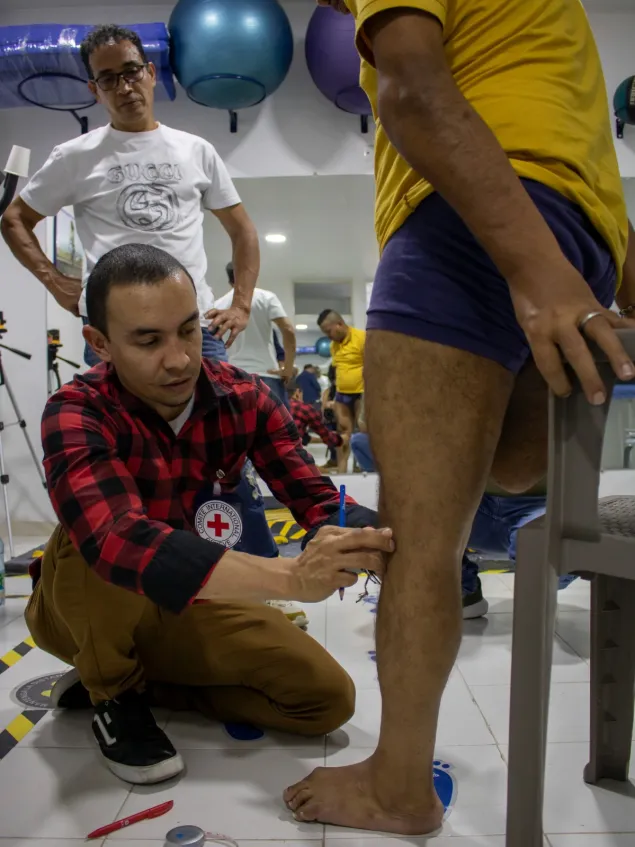
From what must people be protected concretely?
In Colombia, the population is constantly caught up in clashes between regular forces and armed groups, and between armed groups themselves. People across the country find themselves engulfed in the conflict against their will. Communities tell us they feel increasingly vulnerable and afraid. Clearly, the parties need to do much more to comply with international humanitarian law (IHL).
Through our dialogue with people and arms bearers, we have identified critical and life-threatening protection risks. These include forced recruitment and exploitation of children and young people; severe restrictions of movement that cut off access to food, sources of income, healthcare and education; widespread sexual violence; targeted homicides of community members; and forced disappearances that tear families apart.
Without doubt, the most worrying trend in this conflict is the dangerous stigmatization of people living in areas where arms bearers fight for territorial control. They are regularly accused by the latter of belonging to or supporting one or another party to the conflict, simply because they want to remain on their land and try to survive amid the confrontation.
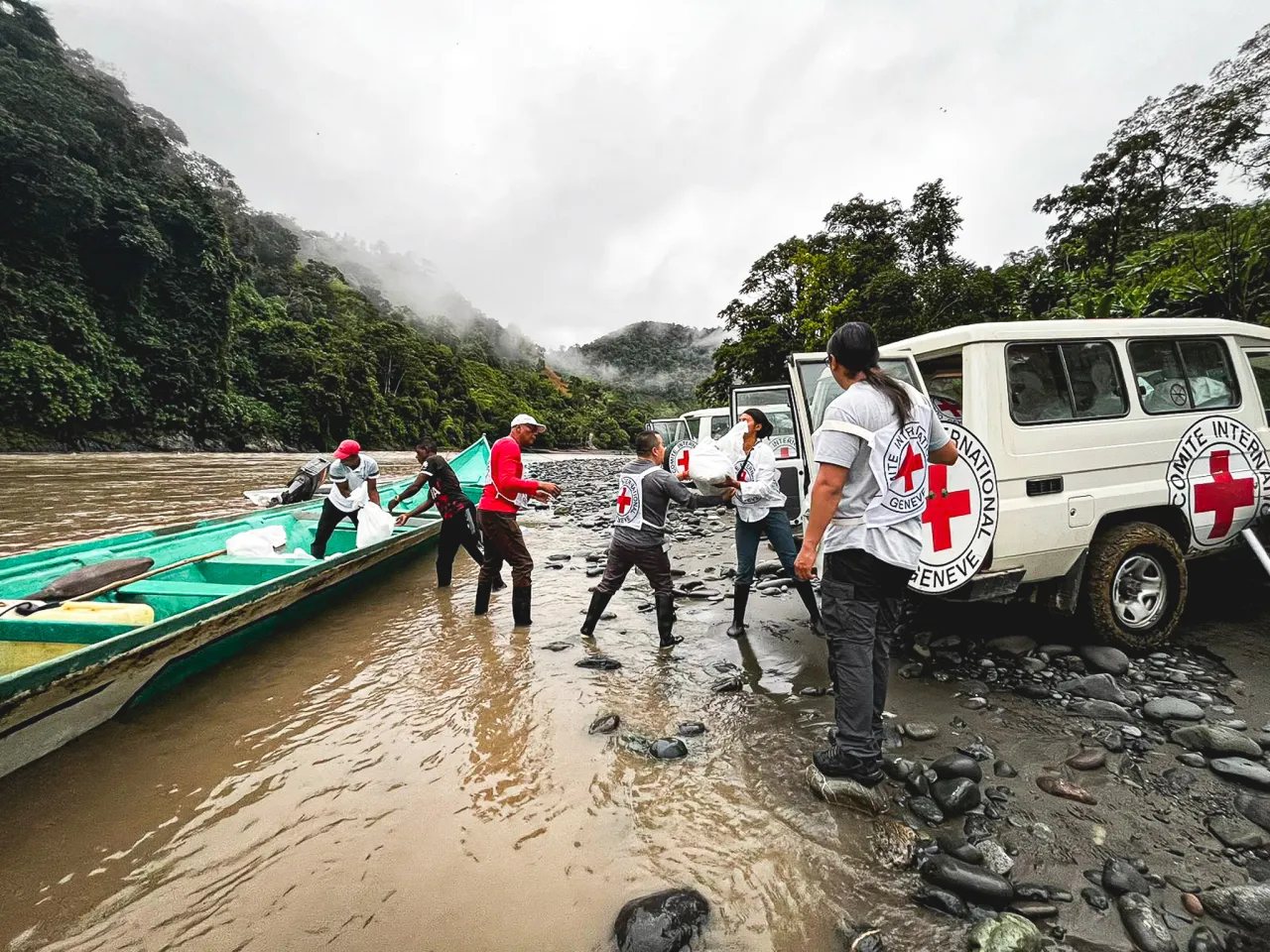
Which communities are particularly affected?
We have identified that more than 75% of affected individuals belong to rural, Afro-descendant, and indigenous communities. The places most affected are those that have historically had less access to resources and where the State has had a limited presence for decades. This includes the entire Pacific coast; the northern and eastern regions of Antioquia, whose capital is Medellín; the northeastern region on the border with Venezuela, and the southern part of the country in the Colombian Amazon.
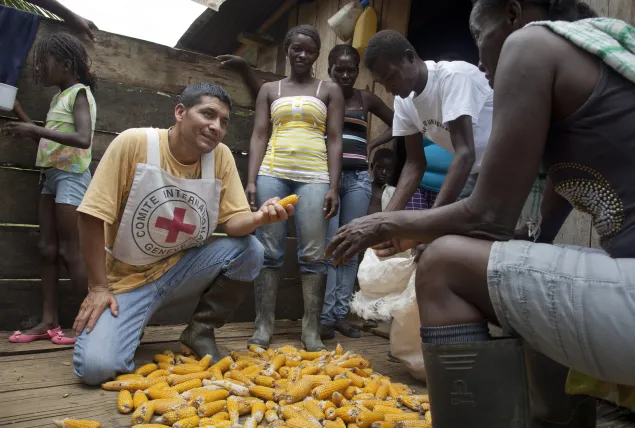
What is our added value?
Three elements differentiate us. First, we reach the most remote areas of the country, places where no other organization goes. This allows us to respond to the needs of the most vulnerable. Being where communities need us most is fundamental, even if it requires days if not weeks of river travel, walking through dense jungles, or hours in vehicles on unpaved roads.
Second, our work is grounded in the prevention of violations of international humanitarian law and the protection of civilians. Everything we do — whether through emergency response or long-term programming — is designed to mitigate the immediate protection risks faced by communities caught in cycles of violence and neglect.
Finally, but no less important, is the bilateral and confidential dialogue we maintain with all parties in the armed conflict, to whom we speak directly and firmly about their obligation to respect international humanitarian law. The aim is to see concrete changes in their behavior. Respecting IHL is not an option or a gesture of goodwill. It is an obligation, and it is urgent.
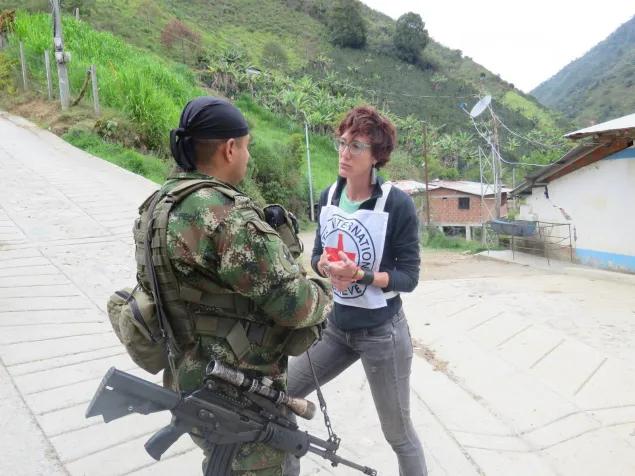
Despite the peace agreement, why is it important to recognize that Colombia isn't experiencing 'normal' conditions?
More than 60 years of conflict have left their mark on Colombian society as a whole. In comparison to other conflicts around the world, everything may seem normal, especially in big cities. But it is not. With eight active non-international armed conflicts happening in the country, there can be no normality. All the protection risks I mentioned earlier are real daily threats, especially in those areas I listed. That is why it is essential that our protection work starts with listening to the people and that we carry the concerns and solutions they raise into our dialogue with the parties involved. I do not lose hope that, after so many decades of suffering by thousands of Colombians, there are possibilities for a different future for them, for hundreds of families and communities who are tired of living in pain.
Learn more about our work in Colombia
- Humanitarian Report 2025: the situation in Colombia reached its most critical point in eight years in 2024
- International Day of the Disappeared 2024: The challenge of coordinated action in Latin America
- Colombia: ICRC calls for special agreements to be adopted as part of negotiations with armed groups
- Return to freedom: 44 years of neutral intermediation in Colombia
- The human cost of armed conflicts in Colombia

